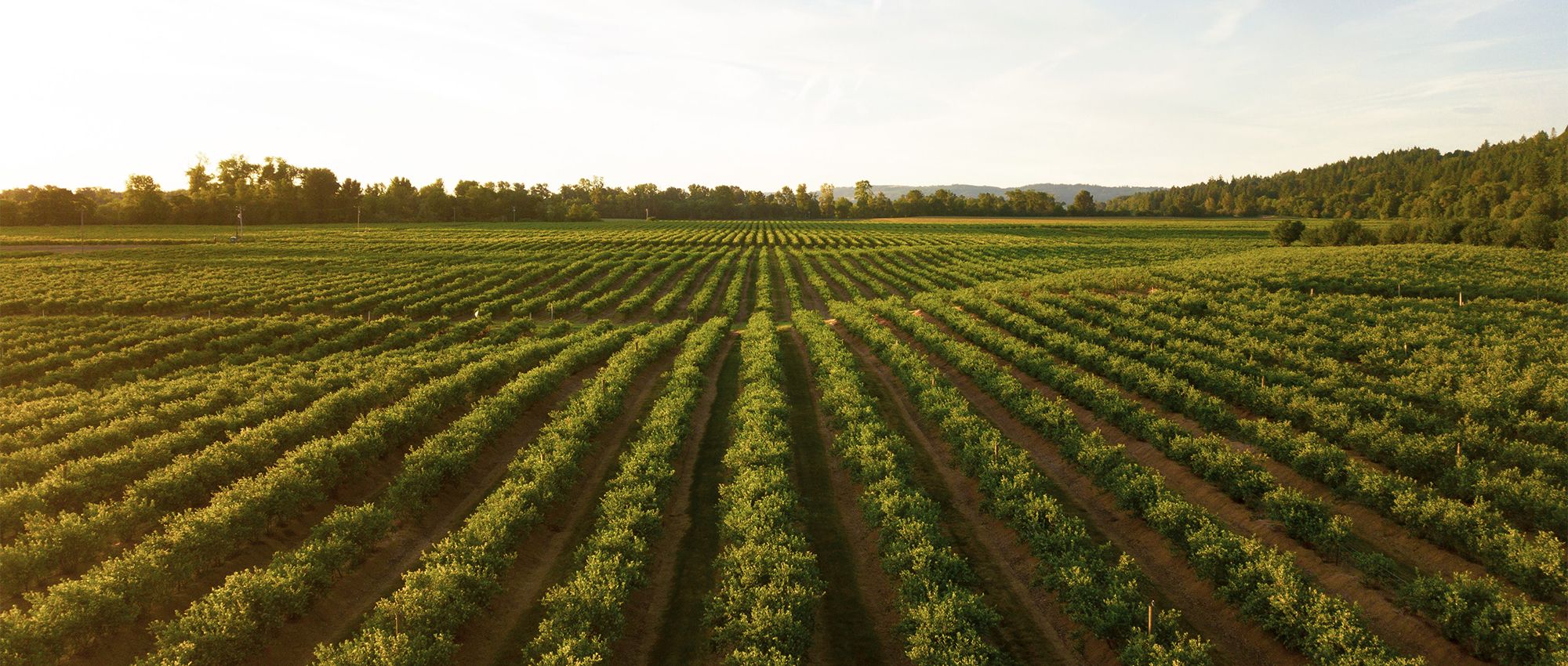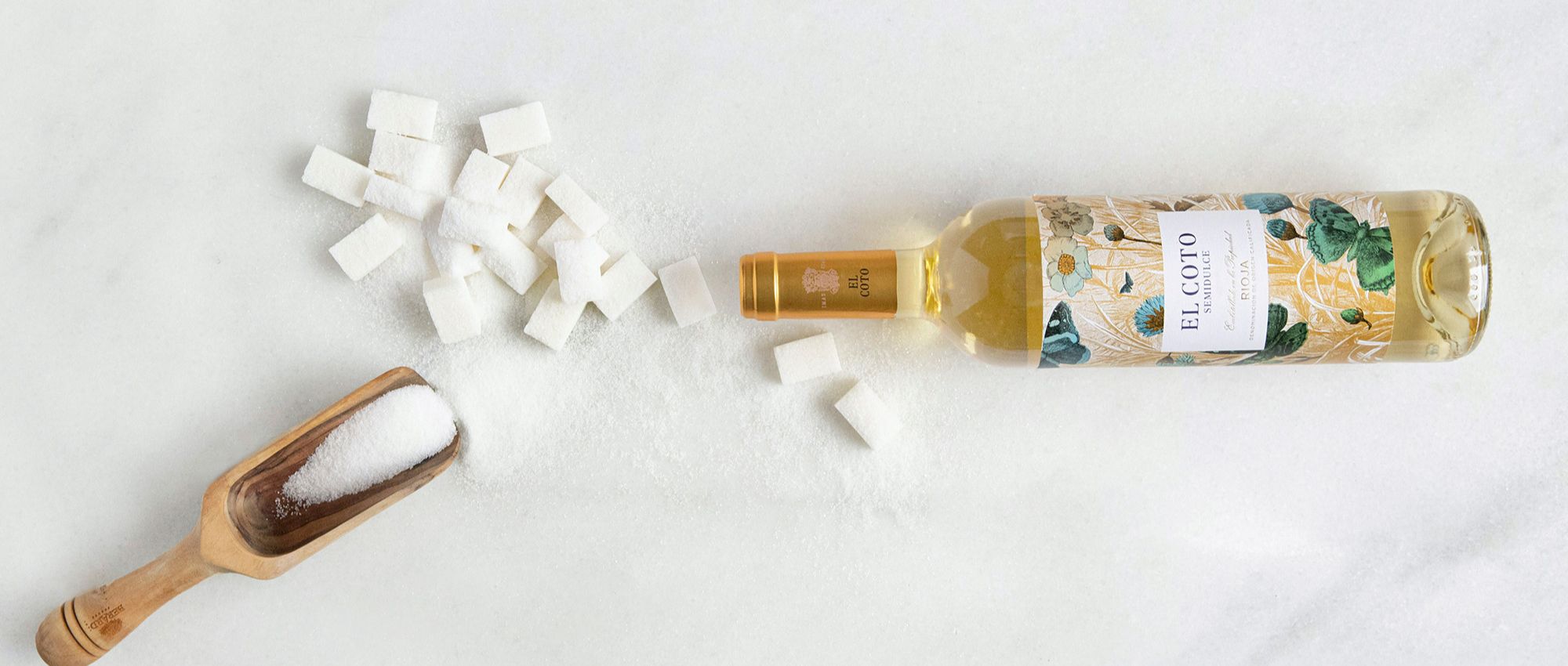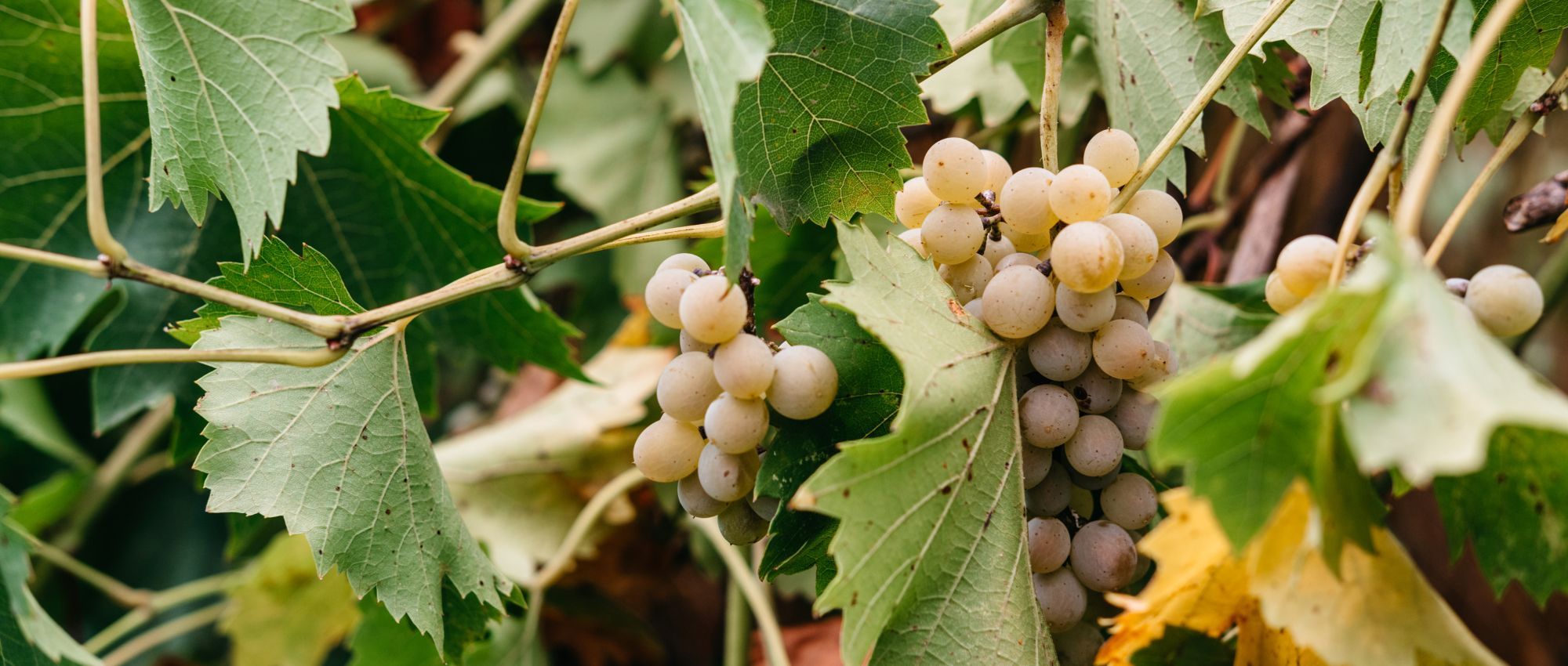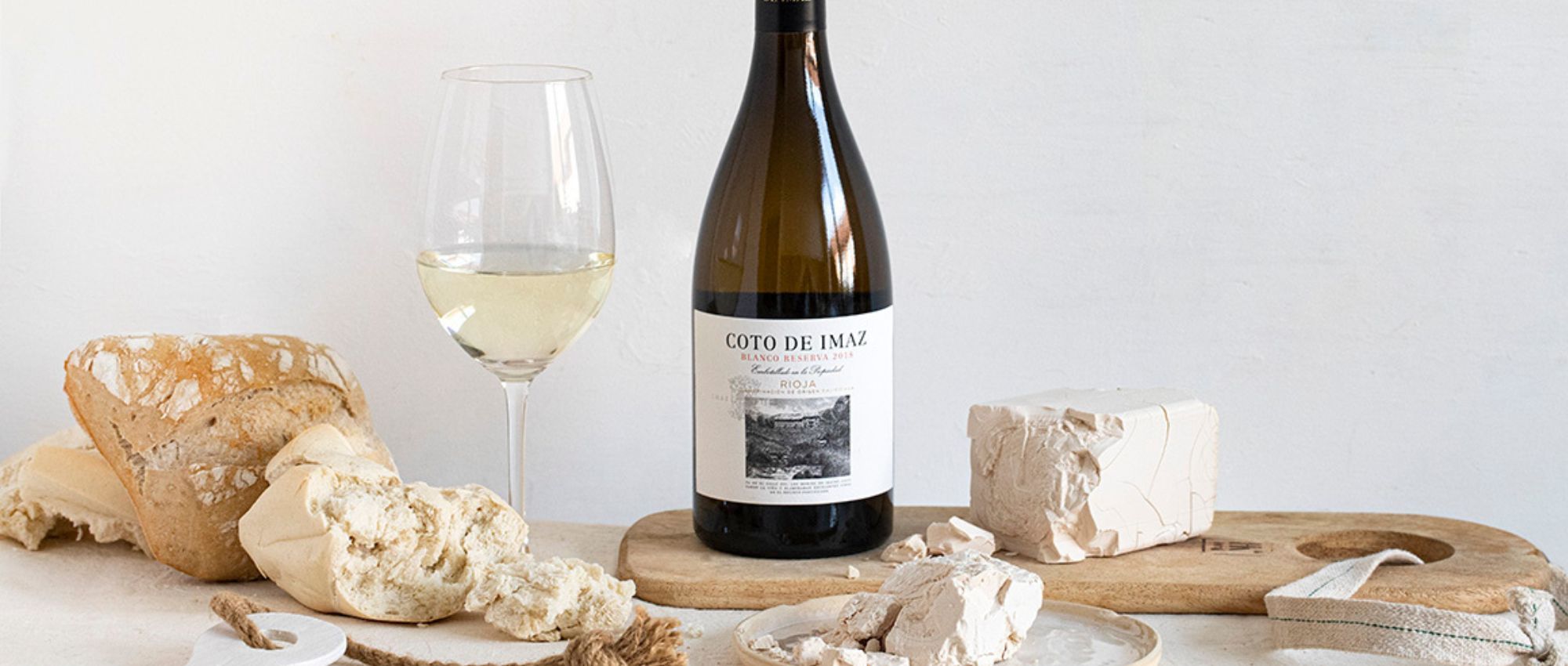
The importance of water for the vines
Water is a crucial element in any field, even in winemaking! While grape vines are one of the crops with the lowest need for water, it’s still necessary to water them so that they survive. As such, for World Water Week, we're dedicating this article to explaining the importance of this resource on our vineyards.
Here we go!

How vines are watered
It’s thought that the grape vines are able to survive even after long drought periods. That’s why it’s one of the crops with the lowest level of water consumption Specifically, it is thought that it can get through its entire annual growth cycle with around 300 mm of water. It’s amazing.
So, how do we water the vines and when? It’s true that some vineyards can produce their wines with just the rain for irrigation. However, there are watering systems that control how much water each vine gets.
You could say that the important thing isn't the amount of water but when the vine is watered. Depending on where it is in its growth cycle (shoots, budburst, flowering, veraison, autumn growth, leaf shedding and winter dormancy), it will need a certain amount of water. The period in which it needs more water is from budburst to veraison. In other words, this is more or less from April to August, just before harvesting starts in September.
Demand for water on the vineyards
Despite what we said before, we need to bear in mind the specific needs and features of each vineyard. How the vines are watered can have an influence on certain factors to know how much water the vine should receive.
We can break this down into five points:
- The grape variety: because each grape variety has different and specific water needs.
- The location of the vineyard and soil type: this is why, each of our El Coto de Rioja wine estates are never the same.
- A range of factors including temperatures, light level, soil type and the position of each plant. This is known as evapotranspiration.
- Fertilisation: for nutrients and minerals.
- Planting density: if a vineyard is more densely planted, each plant will have less space to put down its roots, which means it will have less water.


Water stress: what is it?
When there’s a real lack of water, such as a severe drought or even, as a result of water pollution, the water quality is not right, this can lead to what we call water stress. This can effect almost all the stages in the growth cycle of the grapevine. That’s why it’s so important to control how the plants are watered in order to produce the perfect wine.
The effect of too much water on the vines
What happens the other way around if there’s too much water instead of a drought. Just like any extreme condition, this doesn't give us good results.
When the amount goes beyond the limits for the grape vine, the plant can be deprived of oxygen due to waterlogging. Too much water can also cause some processes to get held up, such as the veraison. What's more, we could also see a drop in the quality of the grapes, since they will be much bigger, but with a lower concentration of sugar and a higher level of acids.
Don't forget to take a look at some more interest information about the wine world! Our El Coto de Rioja blog has a wide range of simple but useful tips for getting the most out of your favourite drink. Here’s a little selection of them!















